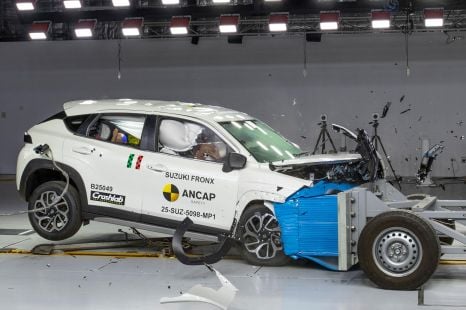

Damion Smy
Suzuki Fronx scores one-star ANCAP rating after seatbelt failure
2 Hours Ago
Mitsubishi has teased its Kei EV concept ahead of its reveal at the 2022 Tokyo motor show. It'll go on sale around April 2022.

Contributor
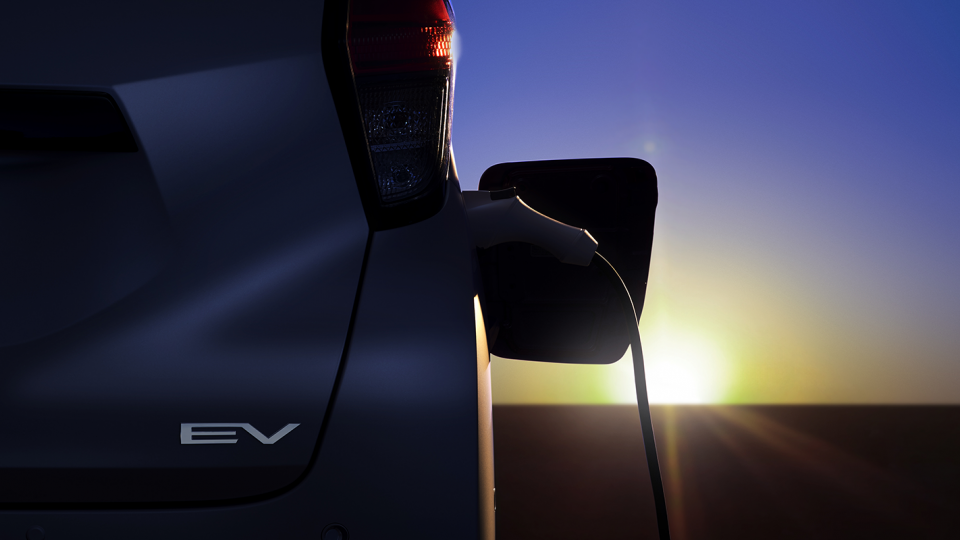

Contributor
Is this the return of the i-MiEV in a new-generation form?
Mitsubishi has teased its upcoming Kei EV concept ahead of its reveal at the 2022 Tokyo motor show, which will run from January 14 to 16.
The production model will subsequently go on sale in Japan early next fiscal year (the Japanese fiscal year is March to March), the company says.
Said to be a “new generation all-electric kei-car” this concept is going to be “founded on safety, security and comfort, as well as environmental-friendliness”.
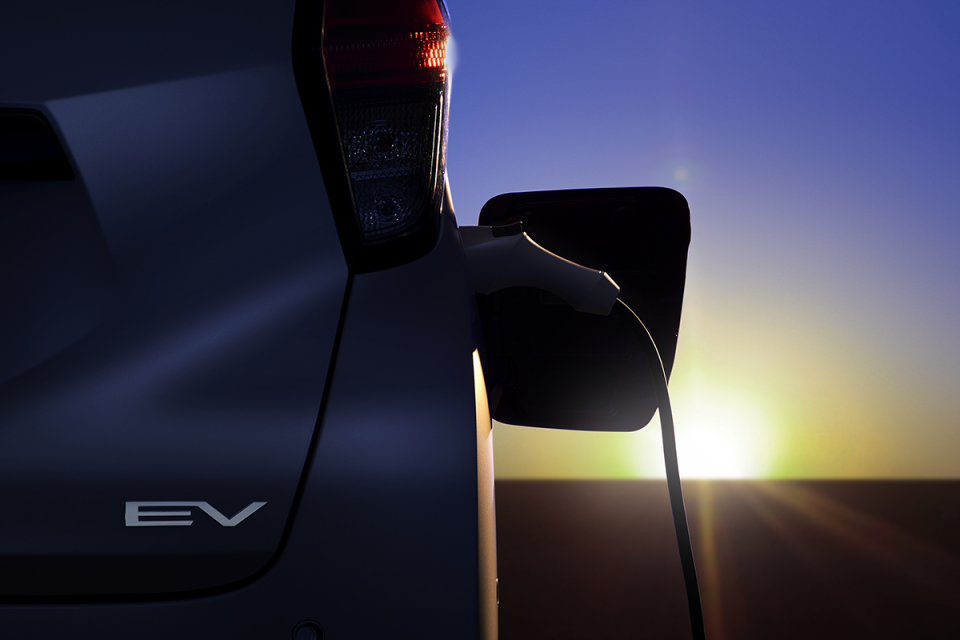
Mitsubishi is aiming to combine the innate handling and size characteristics of a kei car with the instant torque of an all-electric powertrain.
The automaker also claims the vehicle will offer advanced driver assistance systems (ADAS) and “connectivity”.
The singular teaser image shows a slither of the electric vehicle (EV) with a prominent EV badge and a charger plugged into the car.
There isn’t much else to see in the image apart from a parking sensor that’s cut off by the framing and the sun that’s either rising or setting on the horizon.
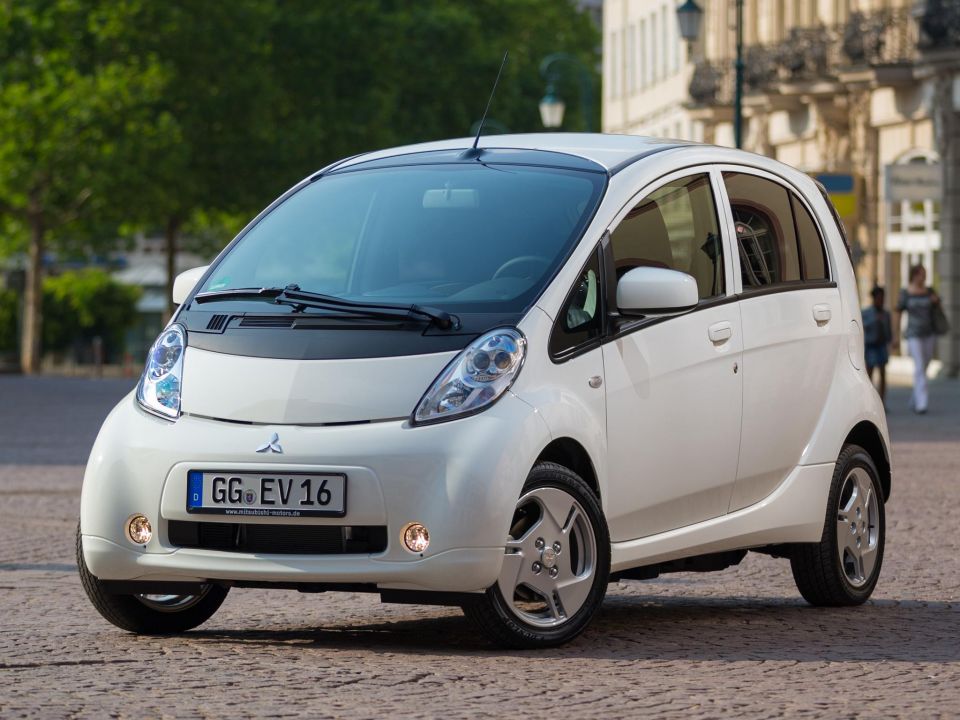
As previously reported, Mitsubishi’s i-MiEV has been axed with production ending in March 2021.
The all-electric i-MiEV entered production in 2009 and outlasted its petrol-powered sibling, the i, which was manufactured between 2006 and 2013.
In Australia, the i-MiEV was offered from 2010 to 2012.
Both the i and i-MiEV were kei cars, just like this upcoming EV concept, and had a distinctive jellybean silhouette because of their rear-engine, rear-wheel drive platform.
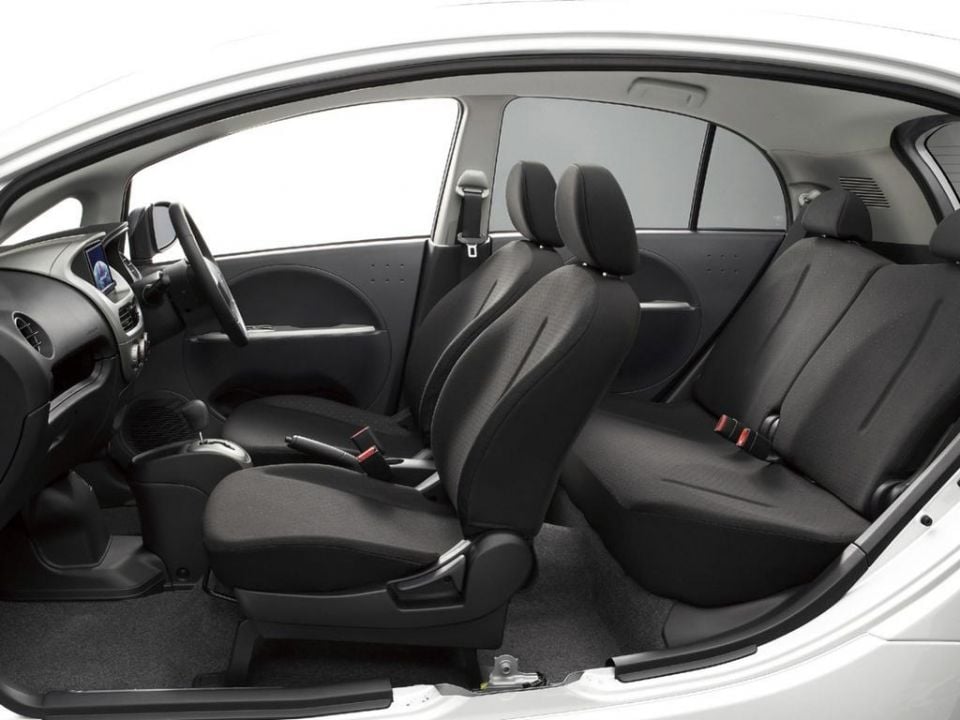
Weighing just 1050kg, the i-MiEV had a single electric motor ahead of the rear axle that produced 47kW of power and 180Nm of torque.
This was powered by a teensy 16kWh battery pack that according to the US EPA was good for 100km of range.
Range was said to heavily reduced if you used the air conditioner or heater.
Top speed of the i-MiEV was limited to 135km/h, and the 0-100km/h sprint could be completed in a docile 15.9 seconds.
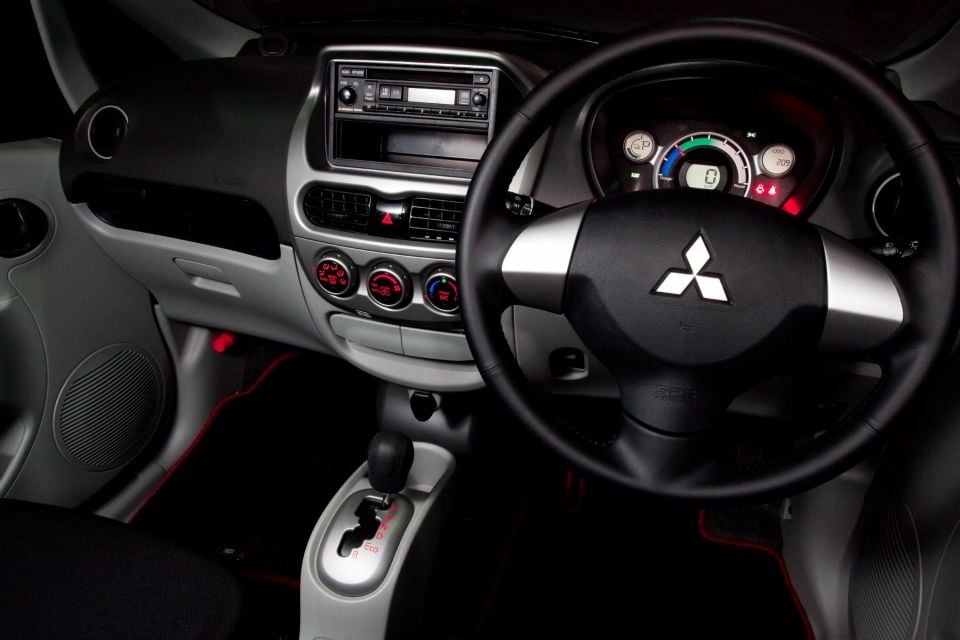
It rode on 15-inch wheels with 145/65 tyres on the front and wider 175/55 rubber on the rear.
The regular i models featured a 660cc three-cylinder petrol engine, per Kei car regulations, with 38kW/57Nm in naturally-aspirated form, or 48kW/95Nm when equipped with a turbocharger.
It can be argued that the i-MiEV was the first mainstream EV to hit the market as it beat both the Nissan Leaf and Tesla Model S to production, in 2010 and 2012, respectively.

In the end though, it was eventually outsold by both of these.
During it’s time on sale in Australia, the i-MiEV was priced at $48,800 before on-road costs and only 237 examples were sold.
Kei cars are predominantly sold in Japan where they are incentivised to do so, but tiny urban runabouts are becoming more popular in areas such as Europe.
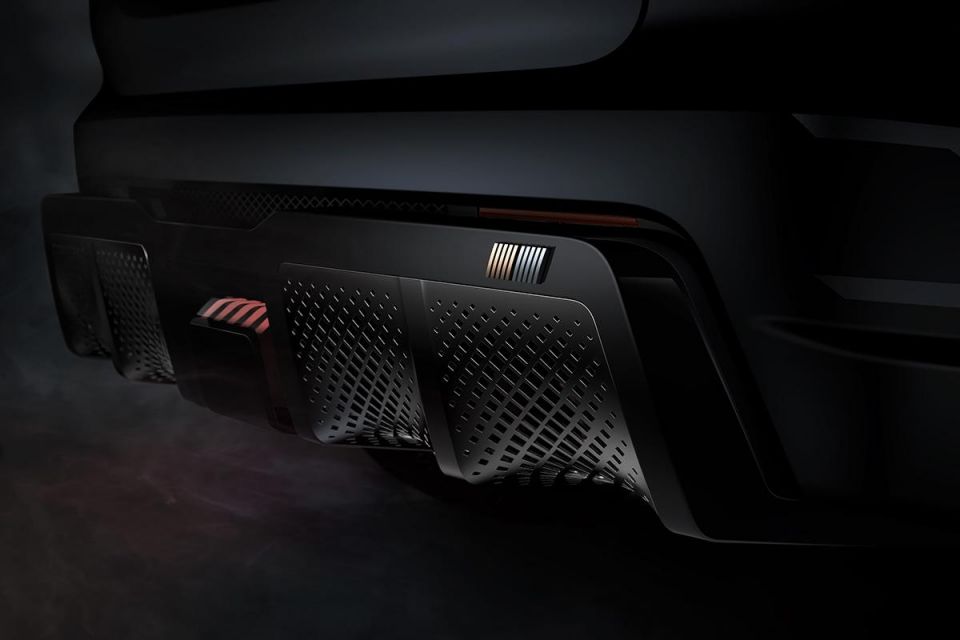
The Citroen Ami quadricycle is a perfect example of this as automakers are beginning to once again offer small city runabouts that are compact and fuss-free.
Alongside this Kei EV concept, Mitsubishi is gearing up to reveal a Ralliart Concept Car also at the 2022 Tokyo motor show.
This concept is said to express the Mitsubishi’s vision for the new Ralliart.
Where expert car reviews meet expert car buying – CarExpert gives you trusted advice, personalised service and real savings on your next new car.
Jack Quick is an automotive journalist based in Melbourne. Jack studied journalism and photography at Deakin University in Burwood, and previously represented the university in dance nationally. In his spare time, he loves to pump Charli XCX and play a bit of Grand Theft Auto. He’s also the proud owner of a blue, manual 2020 Suzuki Jimny.


Damion Smy
2 Hours Ago
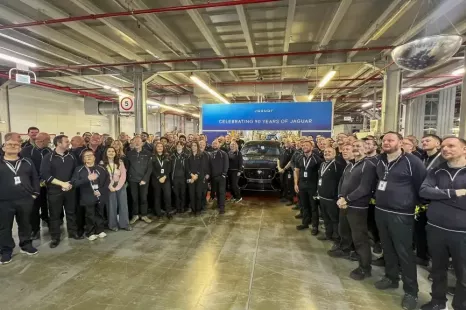

Damion Smy
6 Hours Ago
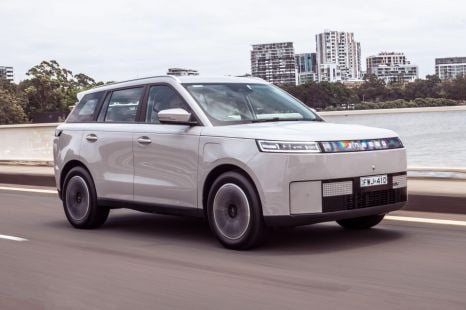

Josh Nevett
8 Hours Ago
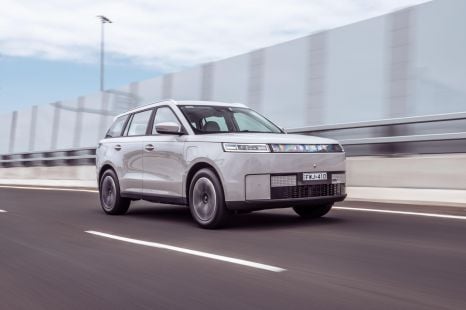

Josh Nevett
8 Hours Ago
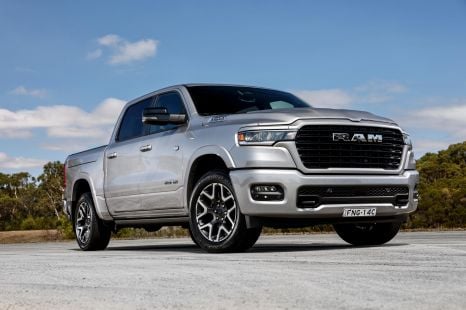

Damion Smy
8 Hours Ago
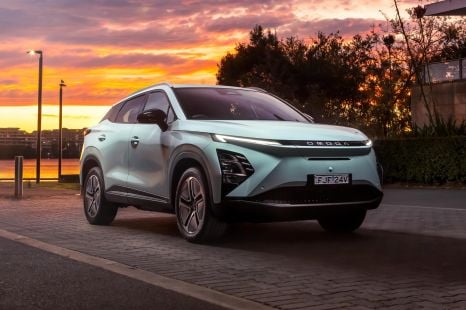

CarExpert.com.au
9 Hours Ago